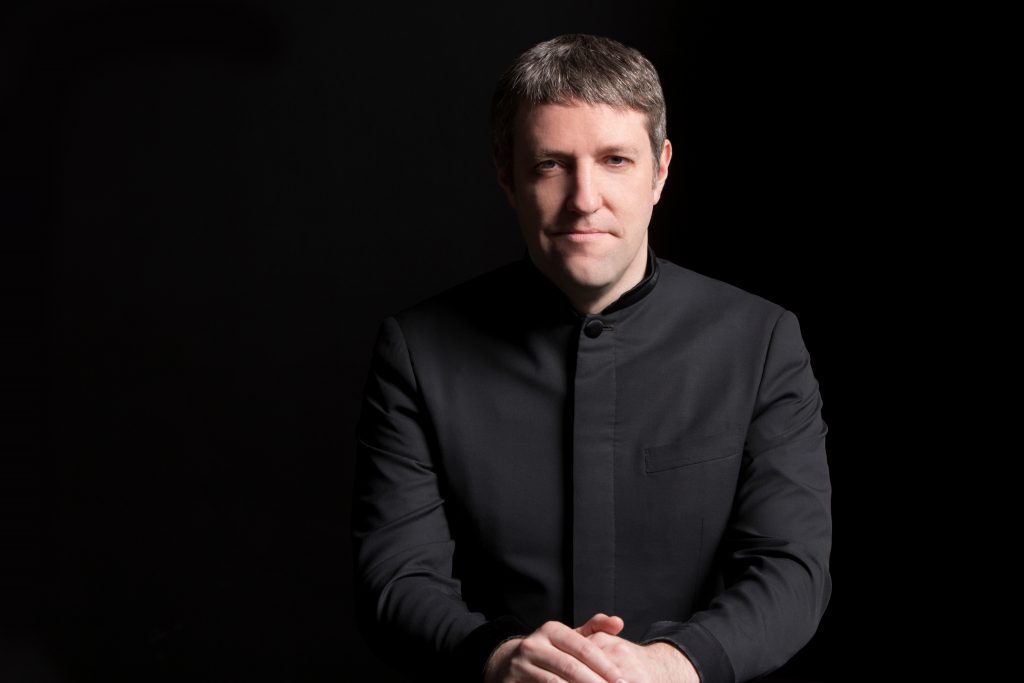The Yaniv Dinur Show
Milwaukee Symphony resident conductor shines as both pianist and conductor in all-Mozart program.
The Milwaukee Symphony Orchestra’s all-Mozart program last weekend treated audiences to the darker side of this composer, with his famous D-minor piano concerto, K. 466 (No. 20), and the Requiem, K. 626, that he left unfinished at his death (later completed by his pupil Franz Süssmayr).
The light conducting demands of Mozart’s piano concertos have given rise to a fun tradition of performances with the pianist conducting from the keyboard. The examples of Mitsuko Uchida, Vladimir Ashkenazy and others would suggest that the stunt is better suited for a pianist-first musician to take on conducting duties, rather than the other way around. But MSO resident conductor Yaniv Dinur handled the dual roles admirably, showing the strength of his piano training that dates back to his youth in Israel, and which is clearly a great tool for any conductor’s skill set. He had a beautiful tone in quieter spots, and many technical passages were impressive. Others were less than perfect; blame Mozart, whose music tends to reveal every flaw in technique.
Dinur played new, unfamiliar cadenzas in the first movement (composed by Geza Anda) and third movement (composed by Dinur) rather than the traditional ones composed by Beethoven. They were just right: faithful to the content of the piece and peeking just slightly into the future to view the music through a new context. I generally found myself more focused on Dinur’s playing of the solo line than the ensemble’s sound, but the orchestra brought some warmth in the Romanza and managed to grab attention in the rousing Rondo finale. The whole thing was fine, but I wanted more oomph from this exceptionally famous piece of Mozart’s, and one with such capacity for drama.
Though the figure of Mozart loomed large in this program, Yaniv Dinur made his own significant impact. In a concert in which he played and conducted a concerto (including music he had written), and then conducted a giant choral-orchestral work, I sensed not a wisp of ego in the whole operation. From his unshowy, practical conducting to effective piano playing, he was making music as a selfless team player.
Review
-
Eating Burmese in Bay View
 Dec 13th, 2025 by Cari Taylor-Carlson
Dec 13th, 2025 by Cari Taylor-Carlson
-
Casablanca Is a Milwaukee Success
 Nov 30th, 2025 by Cari Taylor-Carlson
Nov 30th, 2025 by Cari Taylor-Carlson
-
Oh, Those Witty 18th Century Brits
 Nov 24th, 2025 by Dominique Paul Noth
Nov 24th, 2025 by Dominique Paul Noth






















